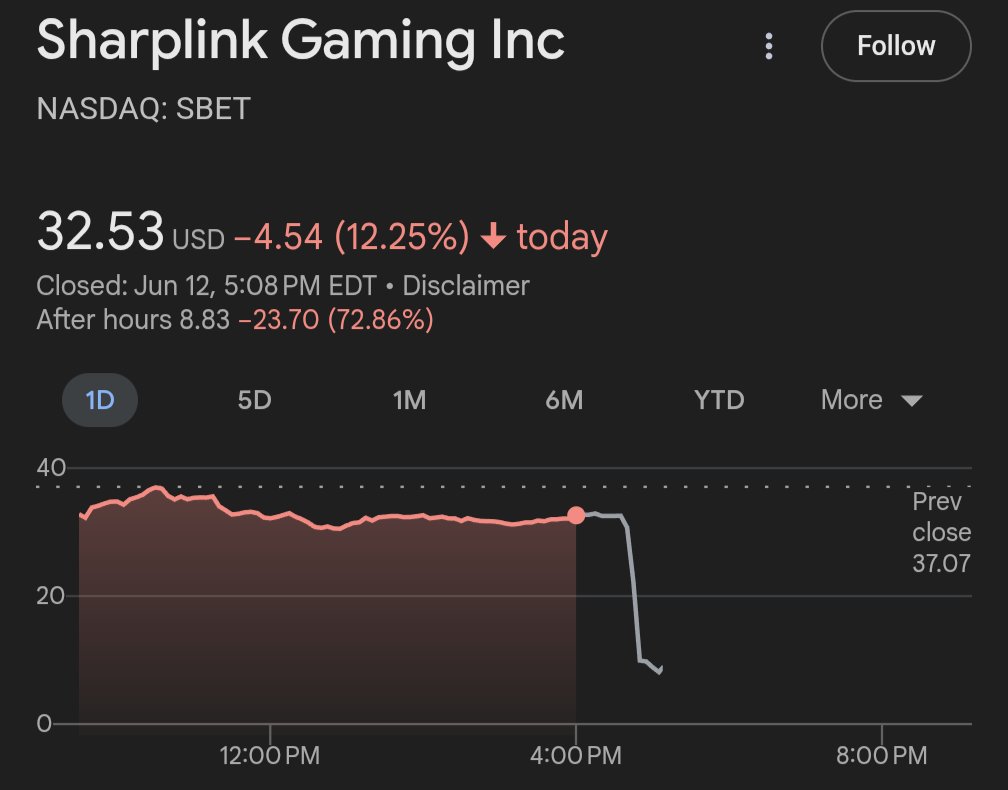Cardano Founder Says the Biggest Threat to Bitcoin’s Dominance Is Cardano
Favorite

Share

Scan with WeChat
Share with Friends or Moments
Cardano founder Charles Hoskinson has reaffirmed his longstanding position that Cardano represents the most significant challenge to Bitcoin’s dominance.
According to
Hoskinson
, Cardano’s trajectory over the past seven years reflects a consistent adherence to the foundational principles of decentralization and sound monetary policy.
He stated that Cardano's community has stayed true to promises made at the outset, emphasizing that its technological advancements have addressed long-standing limitations in the Bitcoin network.
Technological Advancements and Governance Models
Hoskinson pointed to several developments in Cardano that, in his view, surpassed Bitcoin’s innovation pace. Notably, he referenced the Extended UTXO model, which expands on
Bitcoin’s
own UTXO structure, allowing for smart contract support while maintaining a similar security architecture.
He also highlighted Cardano’s Plutus programming language, which enables advanced decentralized applications, and the platform’s integration of on-chain governance, which he described as a superior decision-making framework compared to Bitcoin’s informal consensus process.
Building on these technical milestones, Hoskinson argued that Cardano successfully translated early Bitcoin ecosystem ideas—such as colored coins and Lightning Network innovations—into functioning features.
He asserted that many of these innovations were originally discussed within the Bitcoin community but never prioritized in Bitcoin's official development roadmap. As a result, Cardano has positioned itself, in Hoskinson’s view, as the ecosystem that “finished the work” envisioned by early Bitcoin developers.
Decentralization, Security, and Network Stability
Meanwhile, the Cardano network has operated for seven years without downtime, hacks, or major failures. Hoskinson emphasized that its proof-of-stake consensus achieves comparable security to Bitcoin’s proof-of-work system, while also delivering greater energy efficiency and scalability.
He cited nine years of peer-reviewed research, simulations, and formal methods development that culminated in the current stable state of the Cardano blockchain.
This focus on long-term development aligns with the Cardano founder’s belief that blockchain success should be measured not solely by market price or user adoption, but by technical integrity and resilience. He stressed that the network’s resilience and evolution reinforce Cardano's claim to being “sound money,” a term often used by Bitcoin supporters to describe their asset.
Institutional Momentum and Bitcoin’s Future Role
However, Hoskinson also acknowledged Bitcoin’s growing institutional support. In a prior
interview
with Bitcoin Magazine, he discussed how Bitcoin’s integration with decentralized finance (DeFi) has progressed due to upgrades like Taproot, which introduced new capabilities for programmability.
He noted that this evolution enables Bitcoin to participate in DeFi more effectively, with Cardano’s architecture providing a compatible platform through its own UTXO-based design.
Hoskinson further addressed the impact of institutional involvement on Bitcoin’s market trajectory. He mentioned that entities such as
BlackRock
, which now holds over 600,000 Bitcoin tokens, and support from parts of the U.S. government, contribute to significant market momentum.
He projected that Bitcoin could reach a price range between $250,000 and $500,000 within two years, with the potential to hit $1 million by decade’s end, fueled by adoption from Fortune 500 companies.
Disclaimer: This article is copyrighted by the original author and does not represent MyToken’s views and positions. If you have any questions regarding content or copyright, please contact us.(www.mytokencap.com)contact
About MyToken:https://www.mytokencap.com/aboutusArticle Link:https://www.mytokencap.com/news/511441.html
Related Reading



Why Doesn’t Ripple Adopt an XRP Reserve Strategy If XRP Is Going to $8,000 and Replacing SWIFT: Gary Cardone
Bitcoin critics are raising questions about the growing trend of crypto treasury strategies involvin...

Amazon and Walmart Exploring Launch of Their Own Stablecoins: Report
Two major retail giants, Walmart and Amazon, are reportedly exploring the launch of their dollar-peg...

SharpLink Gaming Acquires $463M in Ethereum, Becomes Largest Public ETH Holder
Nasdaq-listed SharpLink Gaming has made a groundbreaking move involving Ethereum as part of its trea...

